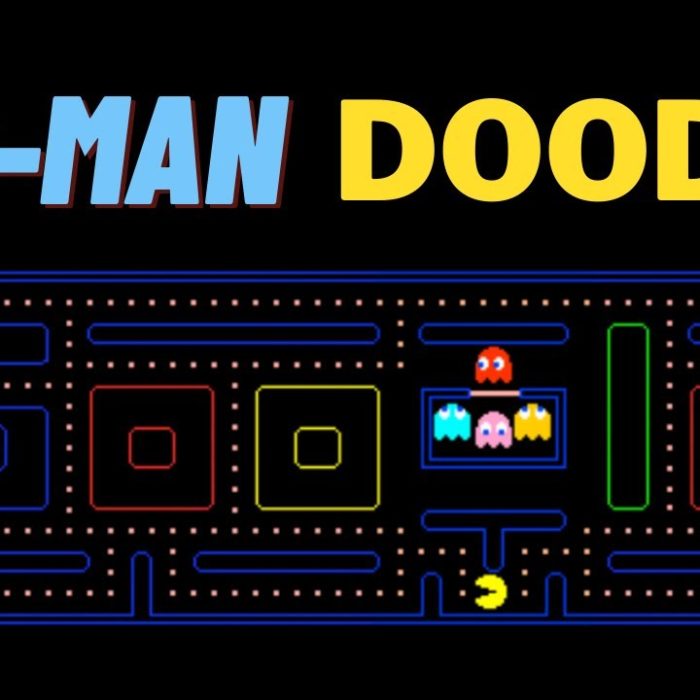
Why Google Pac-Man Is More Than Just a Game
When Google launched its interactive Pac-Man Doodle on May 21, 2010, in celebration of the game’s 30th anniversary, little did they know that it would captivate the world and become more than just a game. This article delves into the significance of Google Pac-Man and explores the various dimensions that make it an icon of popular culture, a nostalgic experience, an educational tool, and a testament to the impact of gamification.
The Icon of Popular Culture:
Google Pac-Man widespread popularity and cultural impact cannot be overstated. As the most popular Google Doodle of all time, it captured the attention of millions of users worldwide, transcending generations and geographic boundaries. Its simple yet addictive gameplay drew people in and created a shared experience that brought communities together. From casual gamers to devoted Pac-Man enthusiasts, people of all ages and backgrounds embraced the doodle, making it an instant classic and an icon of popular culture.
Nostalgia and Nostalgic Experience:
For many, Google Pac-Man brought back waves of nostalgia, evoking memories of childhood and the golden age of arcade gaming. It reignited the passion for a game that has stood the test of time, reminding players of a simpler era before the complexities of modern gaming. The familiar sounds, the pixelated graphics, and the iconic characters transported players back to the 1980s, offering a delightful and nostalgic experience that resonated deeply with both new and old fans of Pac-Man.
Gamification and Learning:
Google Pac-Man demonstrated the power of gamification, leveraging game mechanics to engage users and provide an enjoyable learning experience. Through the doodle, players had the opportunity to develop and enhance various cognitive skills such as pattern recognition, spatial awareness, and strategic thinking. It introduced the game to a younger audience who might not have been familiar with Pac-Man, fostering an appreciation for classic games and their enduring appeal. Google Pac-Man proved that learning can be engaging and fun, breaking the stereotype that educational experiences are always dull and monotonous.
The Technological Feat:
Behind the scenes, Google Pac-Man represented a technological achievement. The Doodle seamlessly integrated the game into the search engine’s homepage, allowing users to play Pac-Man directly without any additional installations or downloads. It showcased the capabilities of modern web technologies and highlighted Google’s commitment to innovation. By leveraging HTML5, JavaScript, and other web technologies, Google delivered a seamless gaming experience to millions of users, reinforcing the company’s reputation as a technological pioneer.
Impact on Productivity:
Google Pac-Man’s release had an unexpected consequence on productivity worldwide. As users indulged in the game during their work hours, it led to a noticeable decrease in productivity across various industries. Companies and organizations reported a surge in internet traffic and a significant drop in productivity, resulting in lost working hours. This phenomenon sparked discussions around workplace distractions, time management, and the need for a balanced approach to technology usage. It also sheds light on the profound influence that seemingly innocuous games can have on our daily lives and work routines.
Conclusion:
Google Pac-Man proved to be more than just a game. It became a cultural phenomenon, evoking nostalgia and bringing people together through a shared experience. Its impact extended beyond entertainment, demonstrating the power of gamification in education and highlighting the technological prowess of Google. Furthermore, it sparked conversations about productivity and work-life balance in the digital age. As we reflect on the significance of Google Pac-Man, it serves as a reminder that sometimes even the simplest of games can leave a lasting impression on our lives and society as a whole.











